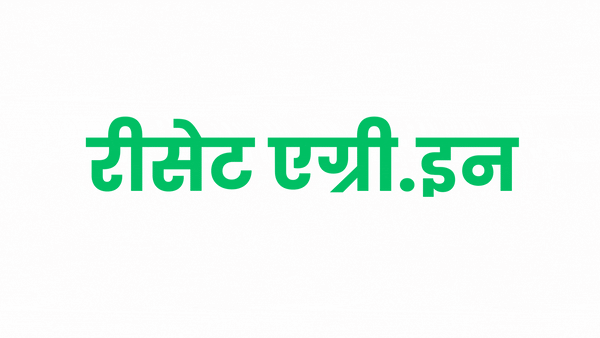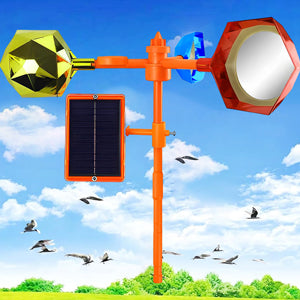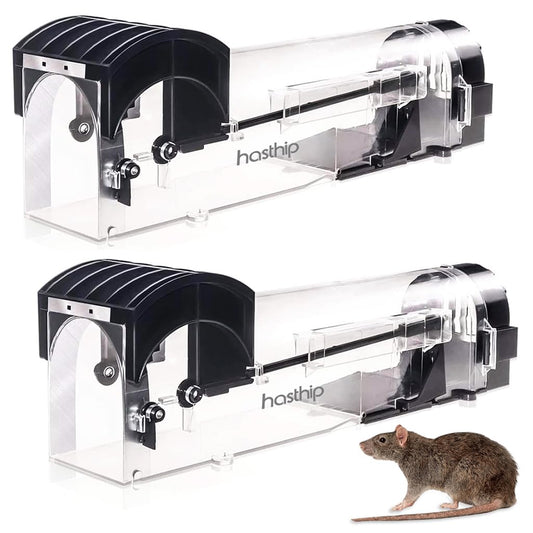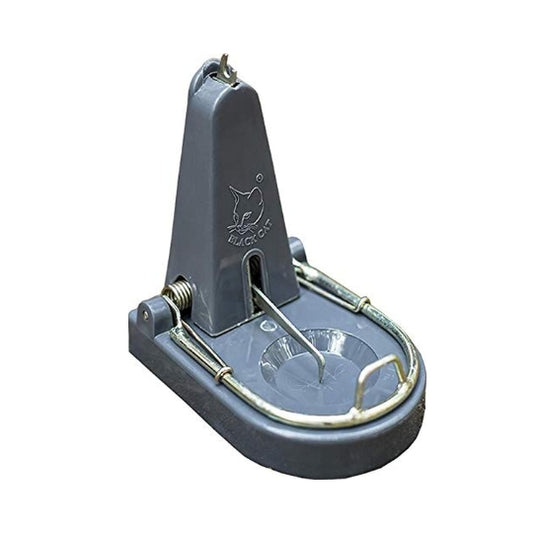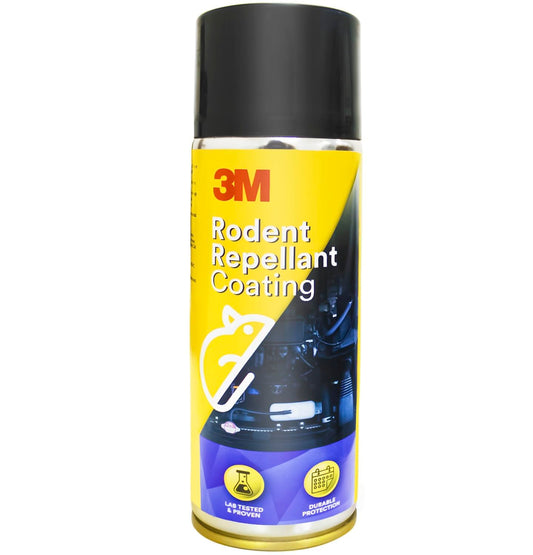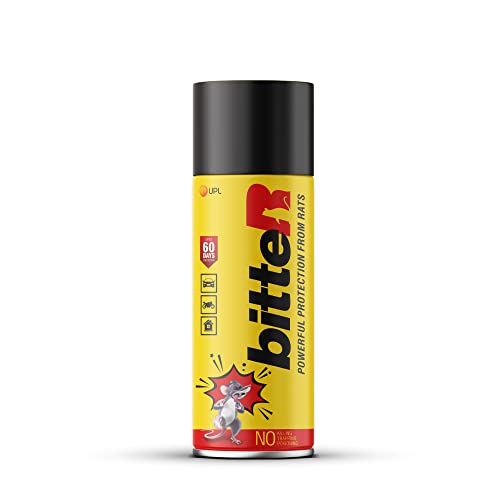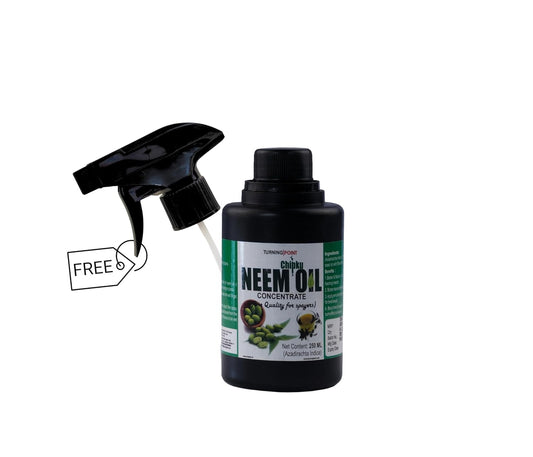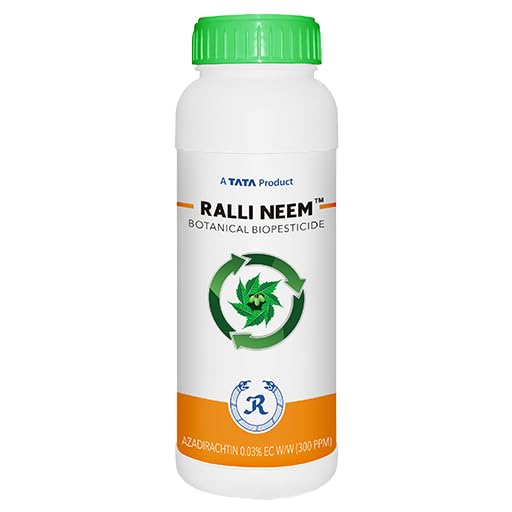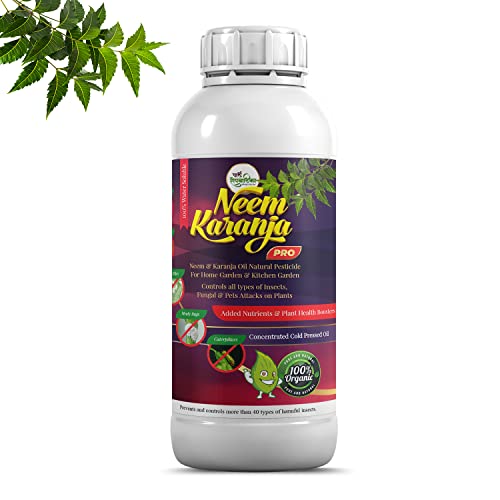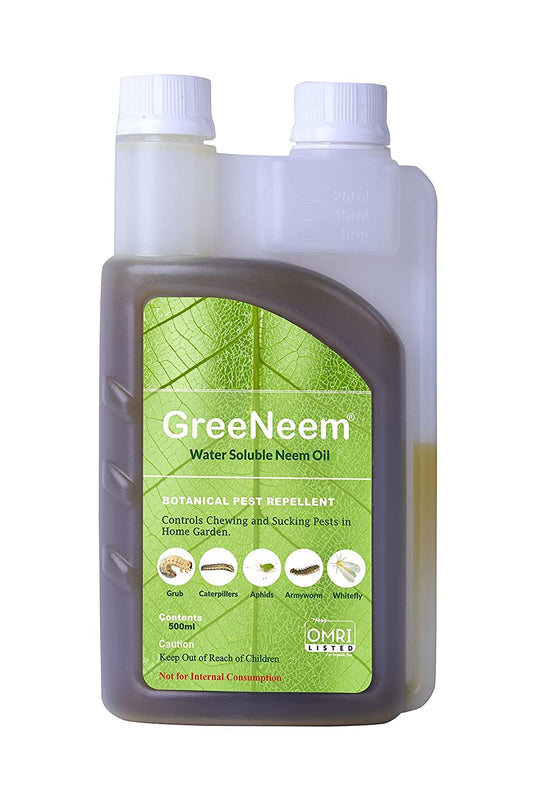Why use potassium fertilizers in basal dose?
Share
Potassic and phosphatic fertilizers are commonly used as a basal dose. However, if potassic fertilizer is not added during this initial application, the crop is likely to experience potassium deficiency. Can we add potassium fertilizer to standing crops? Should we apply it as a foliar spray or in the soil?
Potassium is highly important as it facilitates the transfer of food produced in leaves to grains or fruits. All enzymes in the plant system that are responsible for the formation of carbohydrates, proteins, and fats are activated by potassium.

Get best price for potassium fertilizers, here
In the case of potassium deficiency in the crop, grains and fruits will not develop fully and will remain underweight.
Farmers typically use DAP and Urea, which do not contain potassium. This results in the development of healthy leaves and branches but the formation of grains and fruits fails, leading to a loss in yield. Therefore, it is highly recommended to use MOP and SOP as basal doses. However, if these fertilizers are not available or for other reasons, potassic fertilizers should be applied at a later stage.

However, it is important to wait for the development of the root zone, which may take 15-20 days. Farmers can gauge this by observing leaf development or by uprooting a few plants to check for well-developed roots. Once this is confirmed, farmers can use two fertilizers: MOP and SOP. Both of these fertilizers have a good potassium content. It is important to exercise caution when using excessive MOP, as it can cause chloride toxicity. Using a blend of MOP and SOP is recommended. SOP contains sulfur, which is beneficial for pulses and oilseed crops as sulfur is crucial for protein development and subsequent oil formation.
If the crop area is small, these fertilizers can be placed in a furrow beside the crop line. Immediate irrigation is necessary to ensure solubilization of the fertilizer and movement into the root zone. If irrigation is not possible, the fertilizers can be added just before the possibility of rain.

Get best offers on Potash fertilizers, here
The amount of potassium fertilizer to be used depends on the specific needs of the crop. However, a general recommendation is 40 kg of potassium oxide per hectare. MOP contains 60% potassium oxide, which means that 60 kg of potassium oxide is present in 100 kg of MOP. Therefore, to fulfill the need for 40 kg of potassium oxide, 66 kg of MOP per hectare should be applied. If SOP is used, which contains 50% potassium oxide, 80 kg of SOP is required.
Now, let's address the question of foliar application. Potassium nitrate, specifically 13-00-45, is used for this purpose. However, it is a costly fertilizer, and foliar application is not as effective as soil application. It is important to note that foliar spray should not exceed a concentration of 2%. This means 20 grams per liter. If one needs to apply 40 kg of K2O, which is equivalent to almost 100 kg of potassium nitrate, it would require a spray solution of 5000 liters per hectare. This is impractical. Farmers should only use potassium nitrate as a supplementary fertilizer when the crop shows signs of potassium deficiency.
In conclusion, it is best to use potassic fertilizers as a basal dose.
